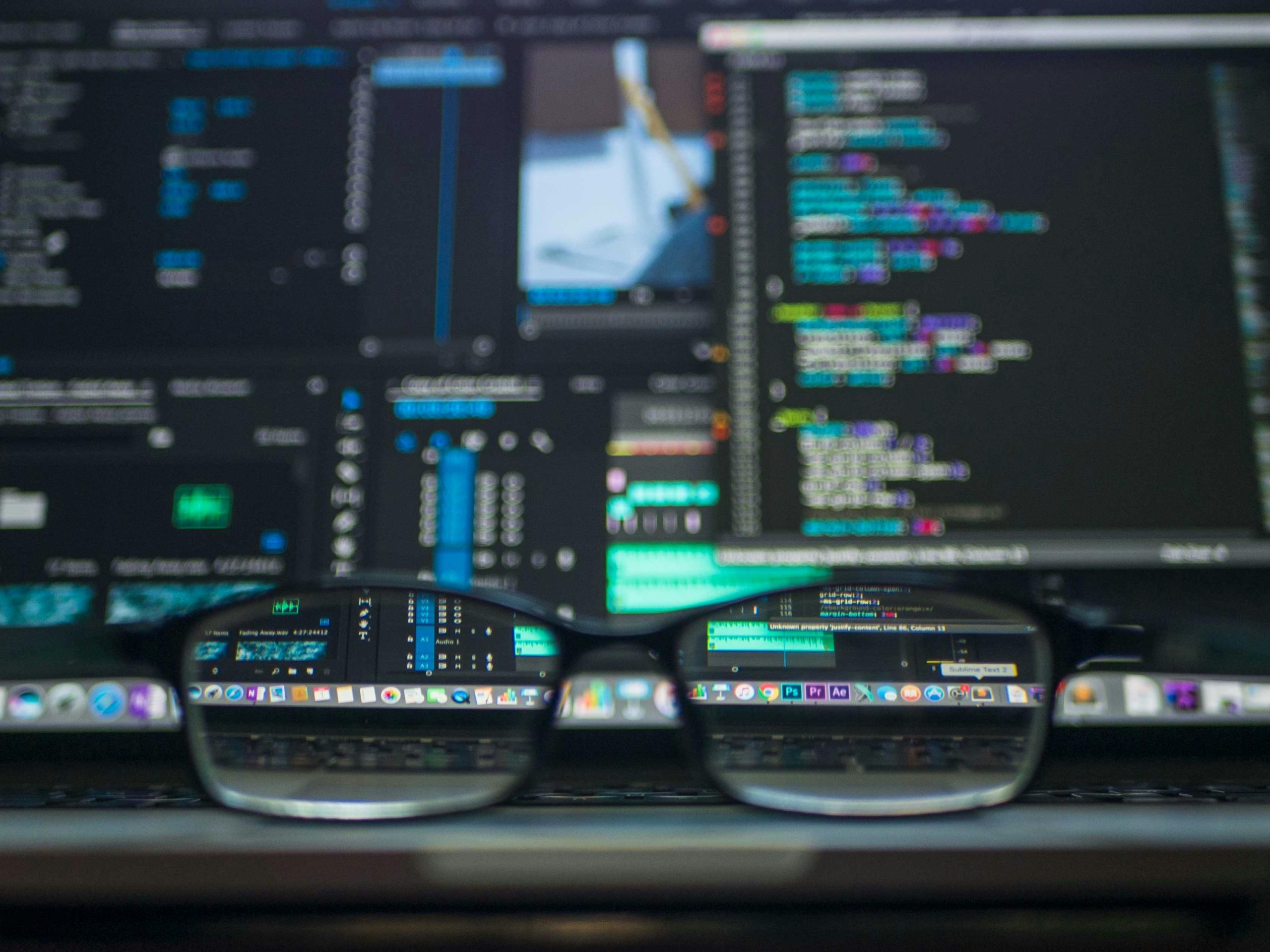Table of Contents
Introduction
Coding, or programming, is the process of creating instructions that computers can execute to perform specific tasks. While the term “coding” is often associated with modern computers, its roots stretch back centuries, evolving through the contributions of countless pioneers. This article explores the history of coding, its key milestones, and the individuals who shaped its development.
Ancient Beginnings: The Concept of Algorithms
The history of coding begins long before the invention of computers. The concept of algorithms—step-by-step procedures for solving problems—dates back to ancient civilizations. One of the earliest known algorithms was developed by the Babylonian mathematicians around 1800 BCE for solving quadratic equations.
The Greek mathematician Euclid (circa 300 BCE) is often credited with formalizing the concept of algorithms through his work on geometry and number theory. His “Euclidean algorithm” for finding the greatest common divisor of two numbers remains a foundational concept in computer science.
The 19th Century: The Birth of Computational Thinking
The 19th century saw the emergence of mechanical devices designed to automate calculations, laying the groundwork for modern programming.
- Charles Babbage and the Analytical Engine
In the 1830s, Charles Babbage, an English mathematician, conceived the Analytical Engine, a mechanical general-purpose computer. Although never fully built, the Analytical Engine was designed to perform complex calculations using punched cards for input and output. Babbage’s collaborator, Ada Lovelace, is often regarded as the world’s first programmer. She wrote the first algorithm intended to be processed by a machine, making her a pioneer in the field of coding. - Herman Hollerith and the Tabulating Machine
In the late 19th century, Herman Hollerith developed the Tabulating Machine to process data for the 1890 U.S. Census. His machine used punched cards to store and process information, marking a significant step toward automated data processing.
The Early 20th Century: The Rise of Electromechanical Computers
The early 20th century saw the development of electromechanical computers, which combined electrical and mechanical components to perform calculations.
- Alan Turing and the Turing Machine
In 1936, Alan Turing, a British mathematician, introduced the concept of the Turing Machine, a theoretical device that could simulate any algorithmic computation. Turing’s work laid the foundation for modern computer science and the idea of programmable machines. - Konrad Zuse and the Z Series
In the 1930s and 1940s, Konrad Zuse, a German engineer, built the Z series of electromechanical computers. The Z3, completed in 1941, is considered the first programmable computer.
The Mid-20th Century: The Advent of Electronic Computers
The invention of electronic computers in the mid-20th century marked a turning point in the history of coding.
- ENIAC and the First Programmers
The ENIAC (Electronic Numerical Integrator and Computer), completed in 1945, was the first general-purpose electronic computer. Programmed by a team of women, including Jean Bartik and Betty Holberton, the ENIAC demonstrated the potential of electronic computing. - Grace Hopper and the Compiler
Grace Hopper, an American computer scientist, developed the first compiler in the 1950s. A compiler translates human-readable code into machine language, making programming more accessible. Hopper also contributed to the development of COBOL, one of the first high-level programming languages.
The 1950s–1970s: The Evolution of Programming Languages
The mid-20th century saw the creation of numerous programming languages, each designed to address specific needs.
- FORTRAN (1957)
Developed by John Backus and his team at IBM, FORTRAN (Formula Translation) was the first high-level programming language. It revolutionized scientific and engineering computing. - LISP (1958)
Created by John McCarthy, LISP (List Processing) became the primary language for artificial intelligence research. - C (1972)
Developed by Dennis Ritchie at Bell Labs, C became one of the most influential programming languages. Its simplicity and power laid the foundation for modern languages like C++, Java, and Python.
The 1980s–1990s: The Personal Computing Revolution
The rise of personal computers in the 1980s and 1990s democratized coding, making it accessible to a broader audience.
- Bill Gates and Microsoft
Bill Gates co-founded Microsoft in 1975 and played a pivotal role in bringing software to the masses. Microsoft’s BASIC interpreter and later the Windows operating system made computing user-friendly. - Steve Jobs and Apple
Steve Jobs and Steve Wozniak co-founded Apple in 1976, introducing the Apple I and Apple II computers. Apple’s focus on design and usability influenced the development of modern software. - Open Source Movement
The 1990s saw the rise of the open-source movement, led by figures like Richard Stallman and Linus Torvalds. Torvalds created Linux, an open-source operating system that remains widely used today.
The 21st Century: Coding in the Digital Age
The 21st century has seen coding become an integral part of everyday life, driven by the internet, mobile devices, and artificial intelligence.
- Web Development
The rise of the internet in the 1990s and 2000s led to the development of web programming languages like HTML, CSS, and JavaScript. These languages power the modern web. - Mobile Development
The advent of smartphones in the late 2000s spurred the growth of mobile app development. Languages like Swift (for iOS) and Kotlin (for Android) have become essential for mobile developers. - Artificial Intelligence and Machine Learning
The 2010s saw the rise of AI and machine learning, with languages like Python and frameworks like TensorFlow enabling breakthroughs in fields like natural language processing and computer vision.
Key Players and Pioneers in Coding
- Ada Lovelace: The first programmer, known for her work on the Analytical Engine.
- Alan Turing: Father of theoretical computer science and artificial intelligence.
- Grace Hopper: Pioneer of compilers and high-level programming languages.
- Dennis Ritchie: Creator of the C programming language.
- Linus Torvalds: Developer of the Linux operating system.
- Guido van Rossum: Creator of Python, one of the most popular programming languages today.
Conclusion
The history of coding is a testament to human ingenuity and the relentless pursuit of innovation. From ancient algorithms to modern programming languages, coding has evolved into a powerful tool that shapes our world. As we look to the future, the lessons and contributions of coding pioneers will continue to inspire new generations of programmers, driving progress in technology and beyond.
Introduction to the History of Amazon
Amazon is one of the most influential companies in the world, revolutionizing how we shop, read, and even watch movies. What began as a modest online bookstore in 1994 has grown into a trillion-dollar conglomerate with its hands in everything from cloud computing to entertainment. This article traces the history of Amazon, exploring its humble beginnings, key milestones, and the strategies that turned it into a global powerhouse. Whether you’re a business enthusiast, a tech geek, or just curious about how Amazon became Amazon, this deep dive will provide a comprehensive look at its journey.
The Early Days: Jeff Bezos and the Birth of Amazon
The Idea
In 1994, Jeff Bezos, a former Wall Street executive, saw the potential of the internet and decided to start an online business. After researching various products, he settled on books due to their universal appeal and the vast number of titles available. Bezos moved to Seattle, Washington, to be close to a major book distributor and founded Cadabra, Inc., which he later renamed Amazon.com after the world’s largest river.
The Launch
Amazon officially launched in July 1995, offering over one million book titles. Its user-friendly interface, customer reviews, and personalized recommendations set it apart from traditional bookstores. Within a month, Amazon had sold books to customers in all 50 U.S. states and 45 countries.




